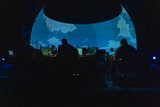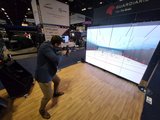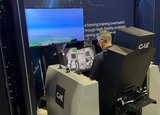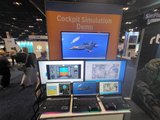The US Army is continuing a drive to transform its training capability, both individual and collective, through the development of the Synthetic Training Environment (STE), with the award of further development and production contracts for systems that will either replace existing equipment or provide new capabilities.
This process, however, is not going entirely smoothly.
The STE vision is for ‘a single, interconnected training system that provides a training environment in which units…conduct individual and collective training’. The aim is to deliver training at the point of need, with common data, common standards, a common terrain database and an open architecture.
























